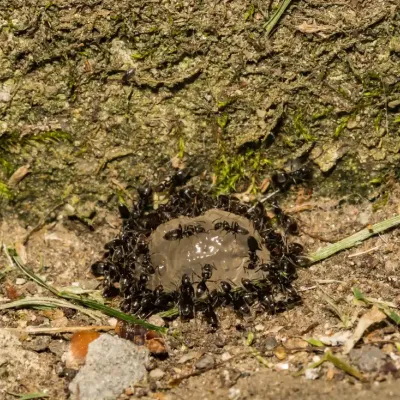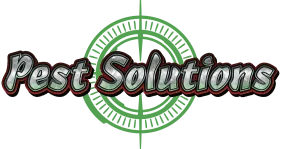About Odorous House Ants

Appearance: Brown or black; segmented, oval; 1/16th – 1/8th inch in length; uneven thorax; rotten coconut smell when crushed
Region: Nationwide
Diet: Odorous house ants eat organic material outdoors while inside prefer sweets, meats, dairy products, and raw vegetables.
Habitat: Odorous house ants prefer to nest in soil under objects such as mulch, debris, firewood or lumber. Indoors, they typically nest near hot-water pipes and heaters, beneath carpets, as well as crevices around sinks and cabinets. Their name is due to the strong rotten coconut-like odor that is released when crushed.
Threats: While not dangerous, odorous house ants can contaminate food and can be a nuisance.
Control: Locating the colony and subcolonies is key with controlling odorous house ants. Due to nests commonly being located behind walls and crevices, they can be difficult to locate. Regular inspections and ant control treatment are necessary to find and treat new colonies. To reduce the likelihood of an odorous house ant infestation, remove tree limbs and debris from your yard and eliminate standing water.
